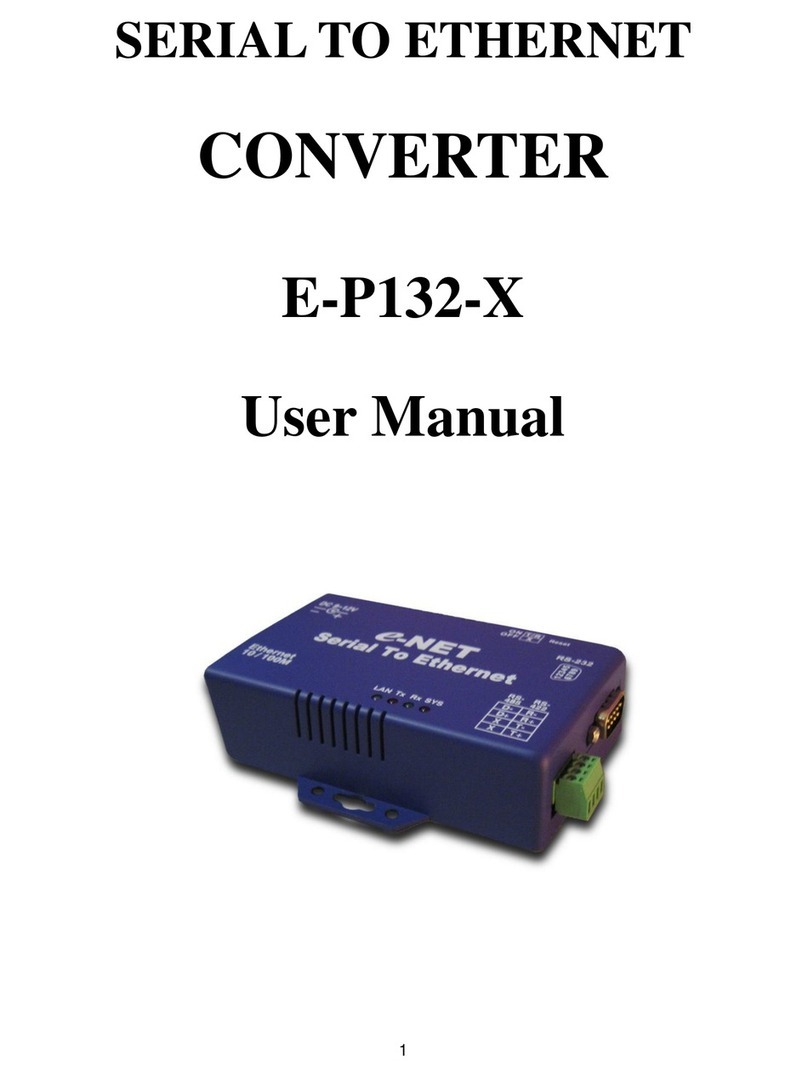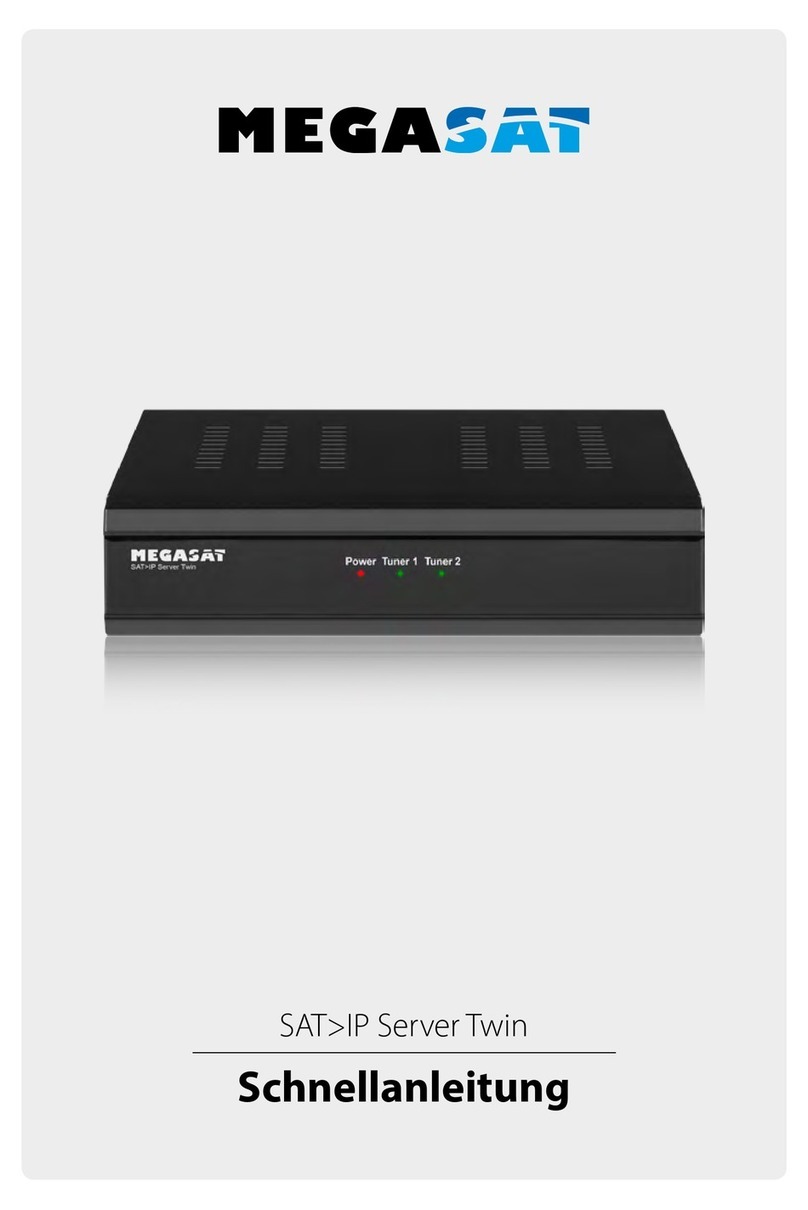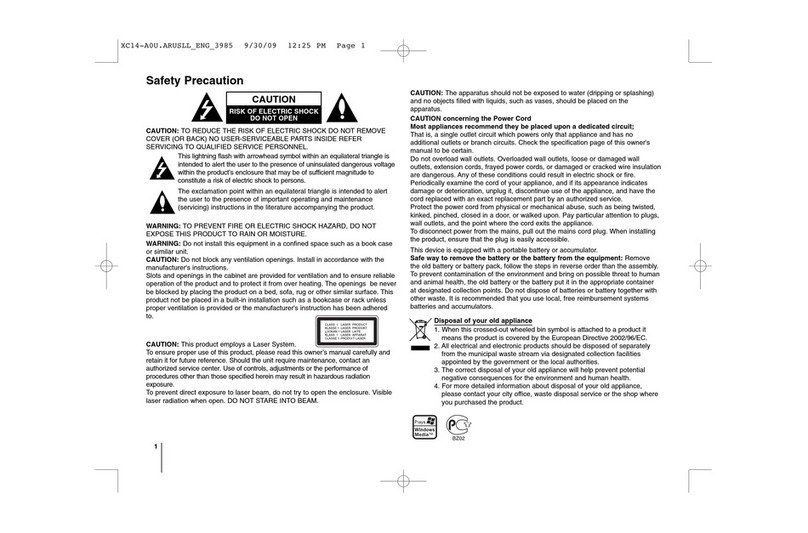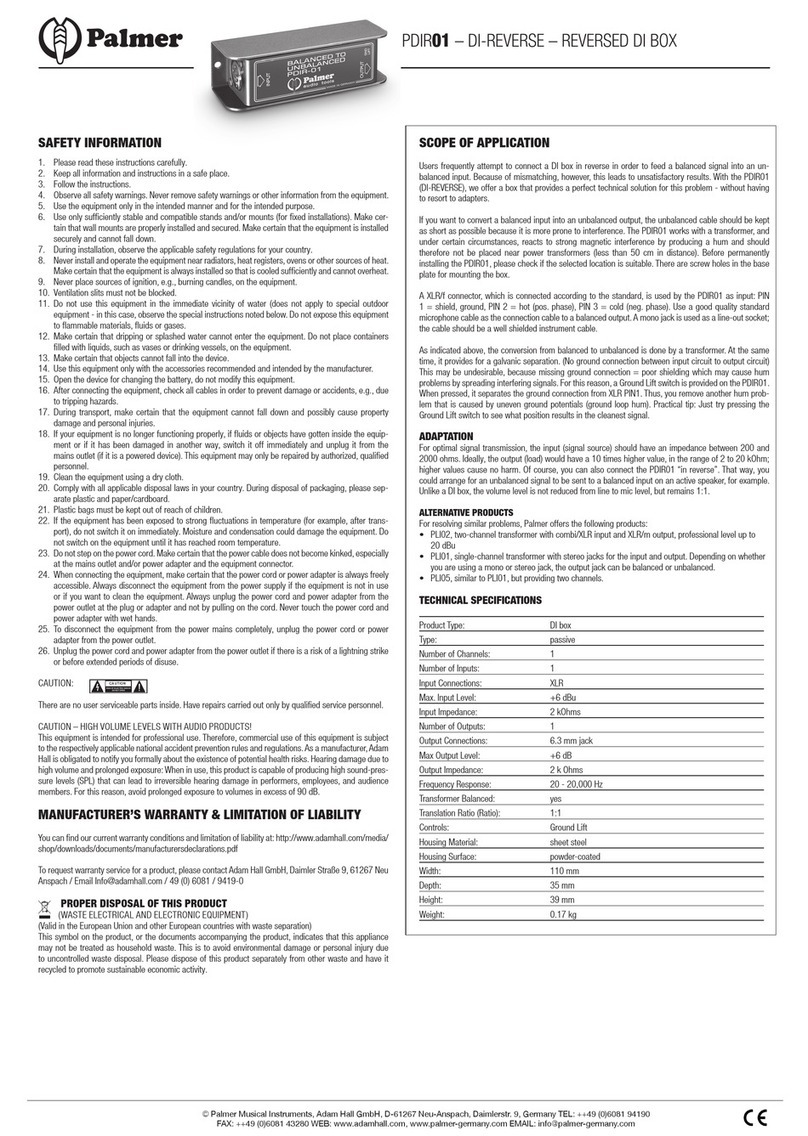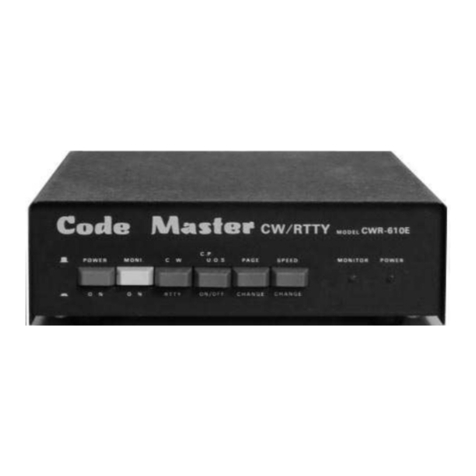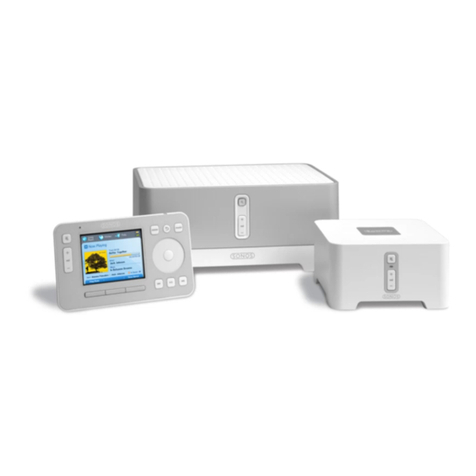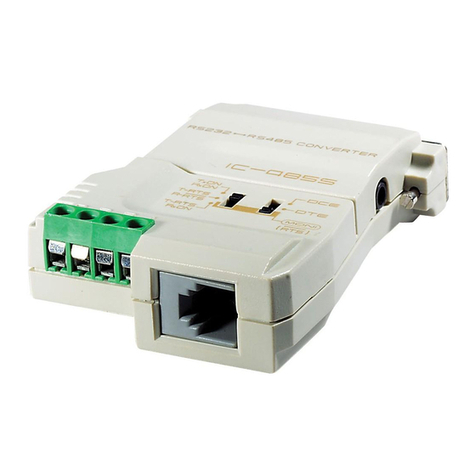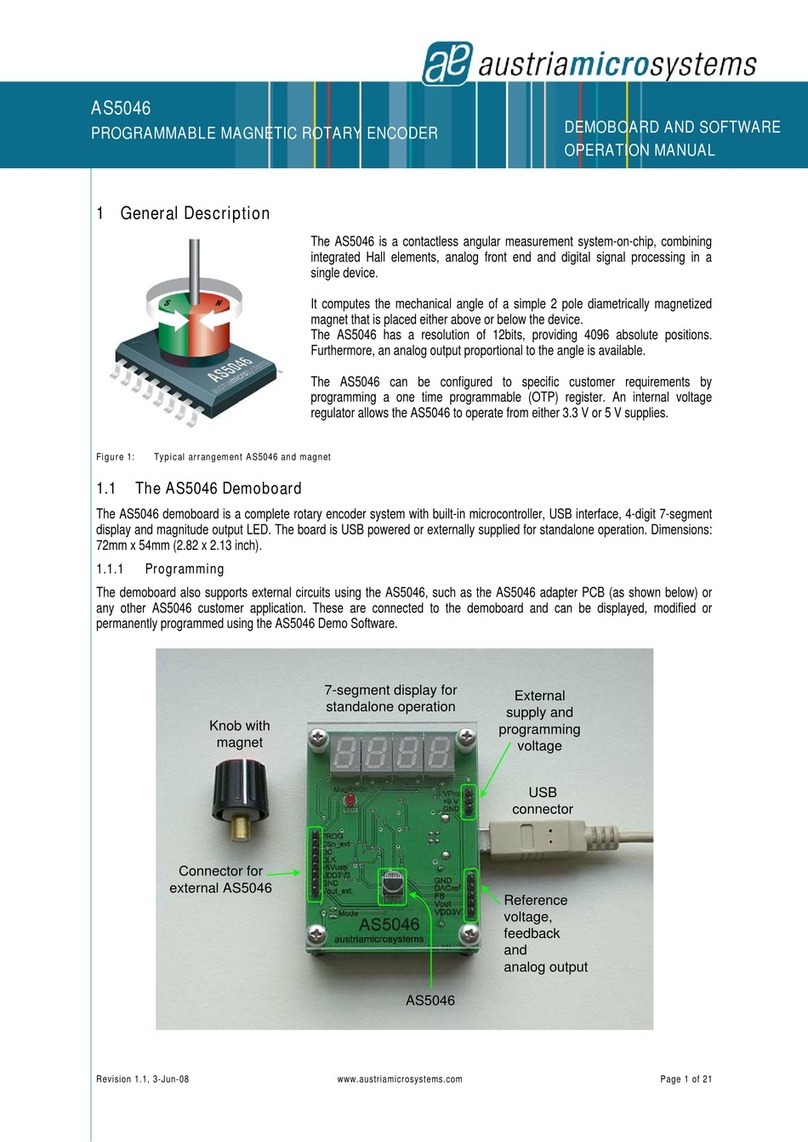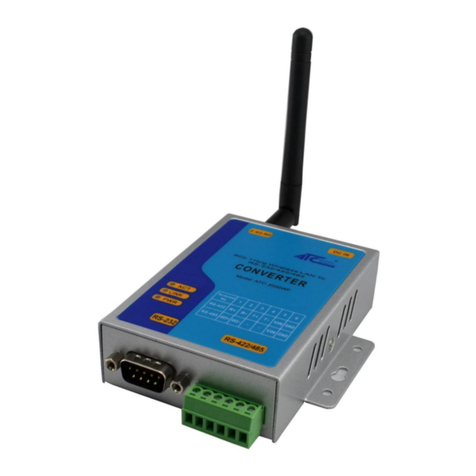eNet E-P132-W User manual

SERIALTO Wifi
CONVERTER
E-P132-W
User Manual

1
Table of Contents
Introduction ……………………………………………………………………3
Overview ………………………………………………………………………….4
Package Check List ……………………………………………………………..5
Product Features ………………………………………………………………..6
Hardware Specifications ……………………………………………………….8
Converter Description……………………………………………………...11
Product Panel Views …………………………………………………….……..11
Right Side ………………………………………………………………………..12
Left Side ………………………………………………………………………….13
Rear Side …………………………………………………………………………13
LED Indicators …………………………………………………………………..14
Wiring Architecture …………………………………………………………….15
RS-232 …………………………………………………………………………….15
RS-422/RS-485 …………………………………………………………………..15
Serial to Wi-Fi Converter Configuration…………………...………...16
Software Setup and Initial IP Configuration ……………………….……….16
DSTool Software Setup ……………………………… ………………………..17
DSTool Setup ……………………………………………………………………17
Serial to Wi-Fi Configuration ………………………………………….19
Broadcast ………………………………………………………………………..19
Device List ……………………………………………………………………...20
General …………………………………………………………………………...20
Security …………………………………………………………………………..21
Networking ………………………………………………………………………22

2
Wireless ………………………………………………………………………….22
Notification ……………………………………………………………………...23
Management …………………………………………………………………….23
Upgrade Firmware ……………………………………………………………..24
Save/Load ………………………………………………………………………….24
Port ………………………………………………………………………………..25
Serial Settings ………………………………………… ………………………..26
Service Mode …………………………………………………………………....26
Notification ………………………………………………………………………28
VCOM List ………………………………………………………………………..30
Setup Wizard …………………………………………………………………….30
Virtual Com Wizard ……………………………………………………………….30
Serial Tunnel Wizard ……………………………………………………………..32
Group IP Wizard ………………………………………………………………...33
Group Setup Wizard ……………………………………………………………...34
Group Firmware Wizard………………………………………………………….37
IP Collection ……………………………………… …………………………….38
System Log ……………………………… ……………………………………...39
Appendix A - Pin Outs and Cable Wiring……………………….40
DC Power Outlet ………………………………………………………………...40
RJ-45 Pin Assignment …………………………………………………………40
RS-232 Pi Assignment …………………………………………………………40
RS-422 Pin Assignment ……………………………………………………….41
RS-485 Pin Assignment ……………………………………….……...……….41

3
Introduction
Serial to WiFi Server is providing new ways of connecting serial converter
devices to a Wireless Lan ( WLN ). Serial to Wi-Fi Converter is designed to
operate serial ports through wireless ( Wi-Fi 802.11b & g ) or entity line ( RJ-45
cable) over 100Mbit/s Ethernet networks. The data is transmitted via TCP/IP
protocol. Therefore control is available via Ethernet, Intranet and Internet.
Serial to Wi-Fi Converter is packaged in a case well suited for industrial
environments. All serial ports operate in common RS-232 mode , industrial
RS-422 and RS-485 modes configuration.
Serial to Wi-Fi Converter is a low-cost, high performance design. By careful
selecting high quality with competitive prices components in the world, products
made network connectivity possible with affordable cost for virtually all kinds of
devices.
The Series of Serial to Wi-Fi Converter consists of 2 models: E-P132-W ( 1
port for RS-232 / RS-422 / 485 ) and E-P432-W (4 ports for RS-232/422/485).
This operation manual will guide you step by step for the various functions of the
Serial to Wi-Fi Converter.
The following topics are covered in this chapter:
Overview
Package Checklist
Block Diagram
Product Features
Product Specifications

4
Overview
Serial to Wi-Fi Converter is provide a perfect solution to make your industrial
serial devices Internet ready instantly via wireless LAN. ARM-9 Series of
Serial to Wi-Fi Converter makes them the ideal choice for connecting your
RS-232 or RS-422/485 serial devices—such as PLCs, meters, and
sensors—to an IP-based Wi-Fi Ethernet LAN, making it possible for your
software to access serial devices anywhere and anytime over a wireless local
LAN or the Internet.
ARM-9 Serial to Wi-Fi Converter ensures the compatibility of network
software that uses a standard network API (Winsock or BSD Sockets) by
providing TCP Server Mode, TCP Client Mode, and UDP Mode. And thanks
to ARM-9 Series’ Real COM/TTY drivers, software that works with COM/TTY
ports can be set up to work over a TCP/IP network in no time. This excellent
feature preserves your software investment and lets you enjoy the benefits of
networking your serial devices instantly.
ARM-9 Series Serial to Wi-Fi Converter support manual configuration via the
handy web browser console and many protocols including TCP, IP, UDP,
HTTP, DHCP, ICMP, and ARP. They are the best solution to network your
serial devices.

5
Package Check List
Serial to Wi-Fi Converter product is shipped with the following items:
□
□
□1 unit of Serial to E-P132-W Converter
□
□
□2 unit of dipole antenna(2.0dBi / 5.0dBi)
NOTE: Notify your sales representative if any of the above items is missing or
damaged.

6
Product Features
Data Conversion between RS-232/422/485 and Wireless Lan
Convert serial device (RS-232, RS-422, RS-485) data/signal into the TCP/IP
package data/signal and send them out with the Ethernet DataStream; or
convert the TCP/IP package data/signal into serial device data/signal.
Wi-Fi Wireless Ethernet
It based on the latest industry standard Wi-Fi Certified IEEE 802.11b / g
specification; it offers maximum channel speeds of up to 54 Mbps. The Wi-Fi
function maintains interoperability within the 2.4 GHz frequency band,
offering full compatibility with 802.11b / g networks. This integrated wireless
solution of Serial to Wi-Fi Converter is widely deployed in business
environments and is the standard for wireless access in public places. It also
supports key security features like Wi-Fi Protected Access (WPA), WEP and
802.1x.
Dynamic IP Configuration
Support DHCP client mode, simplifying network address configuration and
management.
Dual LAN Speed
Support 10/100 Mbps Ethernet, auto-detected.

7
Server / Client Dual Modes
Series can be configured as network server or network client. In the client
mode, it can be installed in network which is protected by NAT router or
firewall, without the need of a real IP address.
Web-based Setup
Parameters setup is based on HTTPS protocol by using standard browsers
(IE and Netscape). No special software would be required.
Built-in Security Control
Protected by both setup password and access password to preventintruders.
Remote updated
Firmware can be reprogrammed directly via Ethernet network to keep up with
latest network standards.

8
Hardware Specifications
WLAN
1. Standard Compliance : IEEE 802.11 b / g
2. Spread Spectrum Technology: DSSS, OFDM
3. Tx Power 11b: Maximum 20 dBm
4. Tx Power 11g: Maximum 18 dBm
5. Rx Sensitivity: -70 dBm @ 54 Mbps, -85 dBm @ 11Mbps
6. Transmission Rate: 54 Mbps (max.) with auto fallback (54,48, 36, 24, 18,
12, 11, 9, 6, 5.5, 2, 1 Mbps)
7. Transmission distance: Up to 300 feet (@12 Mbps, in open areas)
8. Security: WEP 64-bit/128-bit data encryption, AES, WPA2
9. Antenna Connector: Reverse SMA
10. Network Mode: Infrastructure, Ad-Hoc
LAN for configuration / Ethernet hub
1. Ethernet: 10/100 Mbps, RJ45
2. Protection: Built-in 1.5 KV magnetic isolation
Serial Communication Parameters
1. No. of ports : 1 * RS-232/422/485 port, male DB9, S/W selectable
2. RS-232 Signals : TxD, RxD, RTS, CTS, DTR, DSR, DCD, GND
3. RS-422 Signal : Tx+ , Tx- , Rx+ , Rx –
4. RS-485 Signal : Data+ , Data-
5. Serial Line Protection : 15 KV ESD for all signals
Beeper for event warning or unit positioning ( Optional)

9
Serial Communication Parameters
1. Parity: None, Even, Odd, Space, Mark
2. Data bits: 5, 6, 7, 8
3. Stop bits: 1, 1.5, 2
4. Flow control: RTS/CTS, XON/XOFF
5. Speed: 110 bps to 460.8+ Kbps
Power Requirements
1. Power input 1: 12 VDC
2. Power Line protection :
1 KV Burst (EFT), EN61000-4-4
0.5 KV Surge, EN61000-4-5
Environmental
1. Operating Temperature : -10 to 70°C (32 to 131°F), 5 to 95% RH
2. Storage Temperature : -20 to 85°C (-4 to 185°F), 5 to 95%RH
3. Regulatory Approvals
RoHS
EMC: FCC Class A, CE Class A
Safety: UL, CUL, TÜV
Class I, DIV II
Software Features
1. Protocols : ICMP, IP, TCP, UDP, DHCP, BootP, ARP / RARP, Telnet,
RTelnet, DNS, SNMP MIB II, HTTP, SMTP, SNTP
2. Serial mode : Virtual Com / TCP Server / TCP Client / UDP / Serial
Tunnel with advanced settings of
TCP Alive Check Timeout
Inactivity Timeout
Delimiter for Data Packing

10
Force TX Timeout for Data Packing
4 Hosts simultaneous connection : Virtual Com / TCP server / TCP
Client (only raw data)
1. Security: HTTPS, SSH v2
2. Event notification by email / SNMP trap
SNMP Trap
Cold/Warm Start
DSR, DCD Changed
IP Changed
Authentication Fail
SNMP Response
System MIB,
Interface MIB,
ICMP, IP, TCP MIB
UDP MIB
RS-232 MIB
3. Utilities : Windows NT/2000/XP/2003/VISTA
Device discovery
Auto IP report
Device setting (run-time change, no rebooting)
Access control list
Group setting
Device monitoring
Serial port monitoring
Log info
Group Firmware update batch
Virtual COM/TTY Drivers (WDM mode, configuration in windows device manager) :
Windows NT/2000/XP/2003, VISTA

11
Converter Description
Product Panel Views
LAN RJ-45
DC-In
Power Outlet Serial Port
RS-232
Serial Port
RS-485/RS-42
2
Reset Button
USB Port
Antenna
Terminator
LED Indicators

12
Right Side
DC-In Power Outlet
The Serial to Wi-Fi Converter is powered by a single 12V DC(Inner
positive/outer negative) power supply and 1.0mAof current. Asuitable power
supply adapter is part of the packaging. Connect the power line to the power
outlet at the right side of Serial to Wi-Fi Converter and put the adapter into the
socket. If the power is properly supplied, the “SYS” green color LED will be on
USB Port
The USB port is for wireless USB dongle.
Antenna Connector
The connector for antenna is a standard reverse SMAjack. Simply connect it
to a 2.0dBi or 5.0dBi dipole antenna (Standard Rubber Duck) and it is 50
Ohms impedance and can support 2.4GHz frequency.
Ethernet Port
The connector for network is the usual RJ45. Simply connect it to your
network switch or Hub. When the connection is made, the LAN LED indicator
will light. When data traffic occurs on the network, red (Rx/Tx) indicator will
blink during data transferring and receiving.
Ethernet Port
DC-In
Power Outlet
USB Port
Antenna

13
Left Side
Serial I/O Port of RS-232/RS-422/RS-485
Connect the serial data cable between the Wi-Fi converter and the serial
device. Follow the parameter setup procedures to configure the converter
(see the following chapters ).
Rear Side
Reset Button
If by any chance, you forget the setup password, or have incorrect settings
making e-Net TCP/IP converter inoperable. First, turn on the power and wait
the sys led light . Second, use any point tip to push this button and hold it and
wait for 3 second. All the parameters will be reset to the factory default
( default ip: 192.168.10.2).
RS-485/RS-422
RS-232
Reset Button
Terminator

14
Terminator
The purpose is for compensating signal attenuation in long distance
connection at RS-485/RS-422 I/O. If the switch 1 & 2 are set in “ON” position,
the signal compensation will be activated. To disable the function, just push
switch 1 & 2 to opposite position.
LED Indicators
LAN (Green)
Network signal indicator (When the LAN signal is detected, the LED will be
on.)
WLAN (Green)
Wireless Lan indicator ( When wireless Lan signal is connected, the LED will
be on )
TX / RX (Green)
Data sent indicator (When data are sent out to the network, the LED will be
on.)
Data received indicator (When data are received from the network, the LED
will be on.)
SYS (Red)
Power indicator (When the power is on, the LED will blink once per second.)

15
Wiring Architecture
RS-232 Wiring Architecture
RS-422/RS-485 Wiring Architecture
When you finish the steps mentioned above and the LED indicators are as
shown, the converter is installed correctly. You can use the Software Setup
CD to setup the IP Address.
To proceed the advanced parameter setup, please use a web browser (IE or
Netscape) to continue the detailed settings.

16
Serial to Wi-Fi Converter Configuration
Software Setup and Initial IP Configuration
When setting up your converter for the first time, the first thing you should do
is configure the IP address. This chapter introduces the method how to install
the program and how to configure the serial to Wi-Fi Converter device’s IP
address.
For quick and easy start , We suggest you to reference “Quick Installation
Guide” manual.
The following topics are covered in this chapter:
DS Tool Software Setup
Serial to Wi-Fi Converter Configuration
Converter Configuration through Web

17
DS Tool Software Setup
On PC we provide a Device Management Utility named DS Tool which is an
executable program in Windows 32 bit environments. DS Tool Setup is
used to detect and setup the installed converter. It uses UDP broadcast
packets to query and configure converters on the network.
DSTool Setup
Insert the CD and select “DSTool_ODM_Setup”,folder and double click
“DSTool_ODM_Setup.exe”, runing to install Windows utility.
When the “installing DSTool” screen is pop-up then double click the “Start”
icon for installing.

18
1.1 After finishing installation, the “installation was completed successfully”
screen will be pop-up and jus double click the “OK” icon.
1.2 Coming the screen is for choosing to run “Launch DSTool Now” or
“Launch DSTool Later”
1.3 If youchoice the item of “Launch DSTool Now”then the DSToolof Device
Configuration manual screen will be pop-up.

19
Serial to Wi-Fi Converter Configuration
Broadcast
After finishing DSTool installation and lunch the DSTool, you can double
click the “Broadcast” button at left side upper corner. It will detect the
existence of the installed converters on the network.
Select the converters you wish to add and double click “Add” button.
The table will depict the converters’ status such as IP address, MAC
Address, Device Name and status.
Table of contents
Other eNet Media Converter manuals
Popular Media Converter manuals by other brands
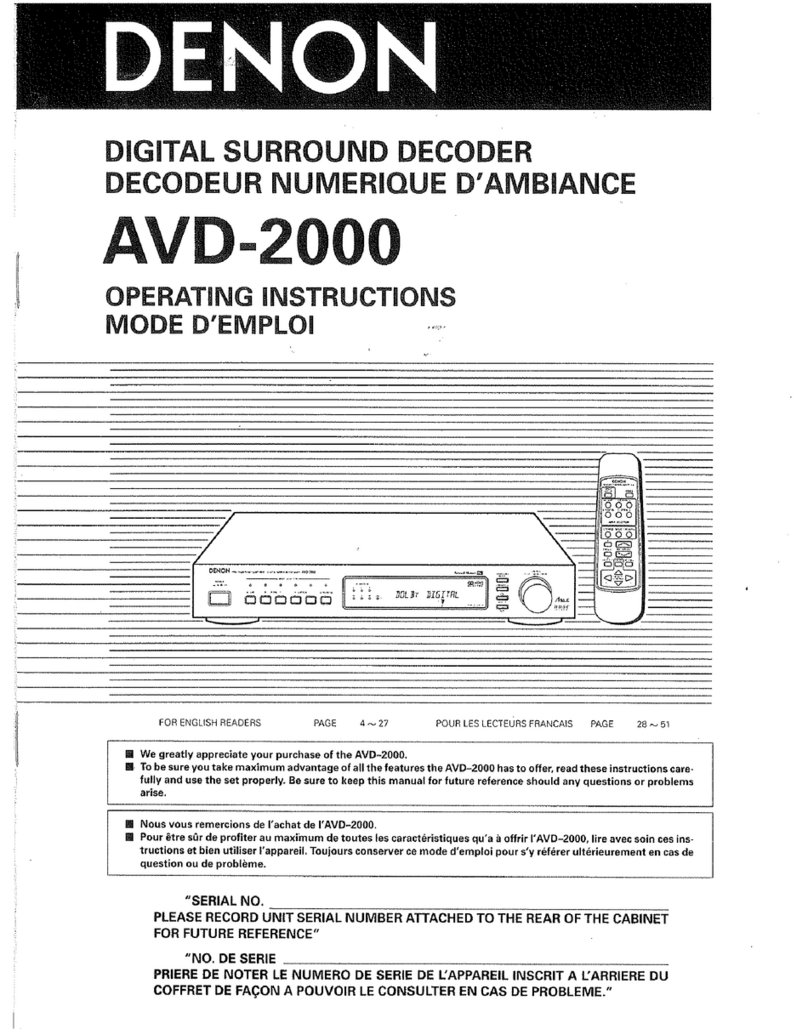
Denon
Denon AVD-2000 operating instructions

KTI Networks
KTI Networks KCD-302 Series installation guide
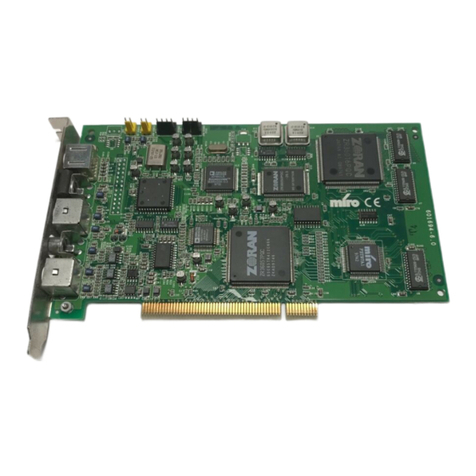
Pinnacle Systems
Pinnacle Systems miroVIDEO DC30 Series user guide
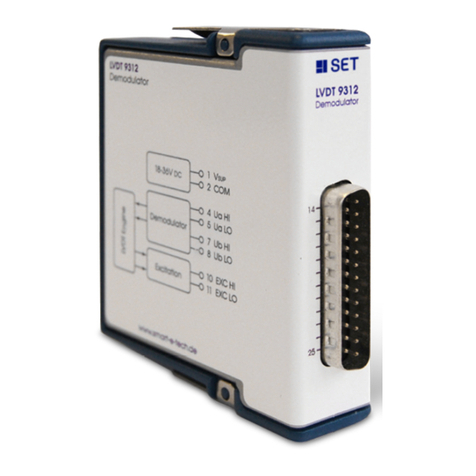
SET
SET LVDT9312 user manual
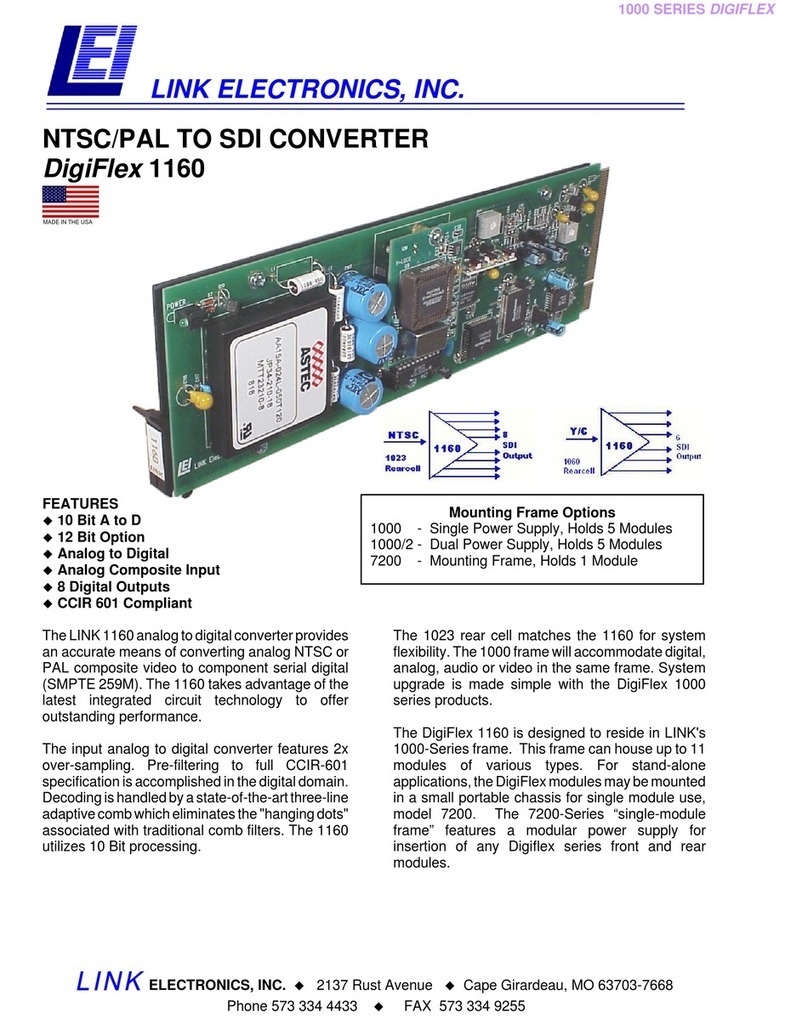
Link electronics
Link electronics NTSC/PAL to SDI Converter DigiFlex 1160 Specification sheet

MikroTik
MikroTik RBFTC11 manual
